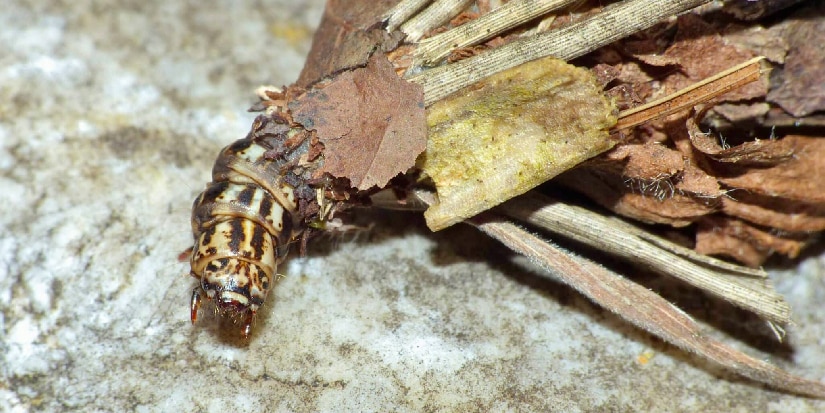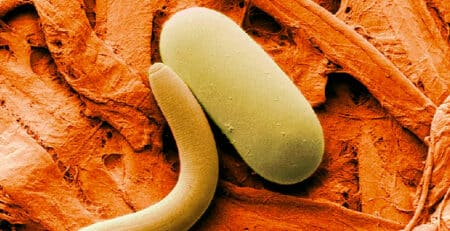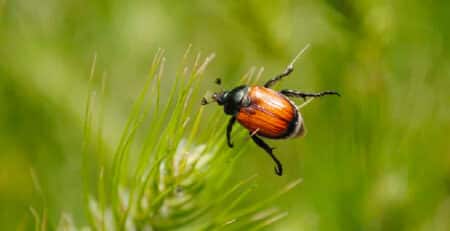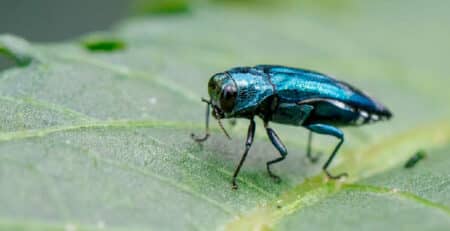Bagworm Moth Caterpillar (What You Need to Know For 2021)
Watching a butterfly emerge from its cocoon is incredible. It is like watching a rainbow of colourful patterns as it flits across the sky as it flutters by your feet! But, that sense of wonder isn’t the same when a black, fuzzy moth emerges from its bag! Those moths are likely bagworms, which were busy devouring your evergreen or tree before finally emerging. Here is what you need to know to recognize bagworms, control them, and how many you should have in your garden.
The Bagworm Moth Caterpillar
As you pick through the canopy leaves, it is probably impossible to find the bagworms themselves, but you can spot the 2″ nests they create. In late fall, the insects hang their silk necklace from trees, making a cocoon-like bag filled with up to 1,000 eggs!
A caterpillar can grow to about 2 millimetres, which allows it to become a valuable pest that can build a home next to nearby trees. The eggs hatch in late spring or early summer, causing the caterpillar larva to hatch and develop.
Origin of the Bagworm Moth Caterpillar
Their native range in North America; thus, they are found in large numbers in the Eastern United States, the East Coast, much of the Southeast, and they have a natural distribution throughout the country. Occasionally, they are considered to be an invasive species in some places.
Controlling the Bagworm Moth Caterpillar Damage
More than 120 tree species are believed to be infected by bagworms. However, these parasites prefer evergreen trees such as Juniper, Arborvitae, Cedar, and Spruce.
The Bagworms eat lots of the buds and foliage of evergreen trees, causing the branches to turn brown and eventually the entire tree to die. If they eat much more than they are supposed to, the whole tree will die.
The bagworms do a great job at eating holes in the leaves of deciduous trees whose leaves fall off in the winter. They usually bounce back if the leaves are removed. Do bagworms sting in late summer and fall?
Bagworms also wrap the silk around the tree twigs they use to build their bags so that the twigs continue to grow into bags long after they have been damaged.
Removing the Bagworm Moth Caterpillar
This is a fact you probably do not like to hear, but the best and quickest method to get rid of bagworms is by cutting the bags from the plants and destroying them. Make sure to cut off all the silk, too, since excessive that can strangle the plants.
When bagworm larvae emerge in late spring or early summer, we can apply a treatment through a certified arborist. If it’s too gross for you or the number of bagworm larvae is also significant, we’ll be happy to help!





